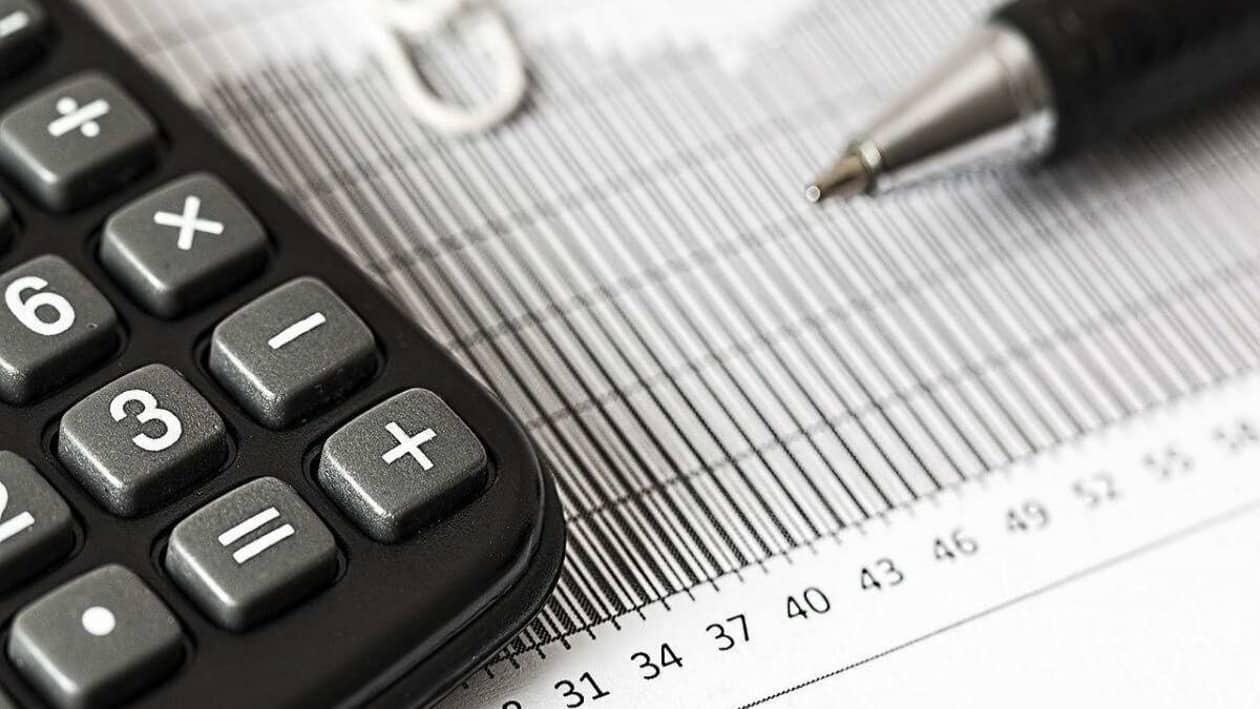Improvement in earnings due to improved credit growth will augur well for the Indian baking players and the outlook for them for the financial year 2022-2023 (FY23) may remain stable, said rating agency ICRA.
"ICRA Ratings expects the outlook for banks to be ‘Stable’ in FY2023, based on continued improvement in earnings driven by improved credit growth of 8.9-10.2 percent in FY2023 (8.3 percent for FY2022E & 5.5 percent in FY2021) and decline in credit provisions," said the rating agency.
In its latest research note on the financial sector, the rating agency said that banking credit growth would come from non-food segment credit growth which continues to be driven by retail and MSME segments; and partially by co-lending arrangements with non-banking finance companies (NBFCs).
Growth will be also be supported by demand shift from debt capital market to bank credit, in a rising yield scenario as was seen in FY19.
Treasury income will decline materially during FY23 in a rising bond yield scenario, despite this, the return on assets (RoA) is estimated to improve, supported by improved credit growth and decline in credit provisioning as legacy net stressed assets continue to decline.
“In terms of asset quality, the gross non-performing advances are expected to decline to 5.6-5.7 percent by March 2023 as against an estimate of 6.2-6.3 percent by March 2022 while the net non-performing advances will decline to 1.7-1.8 percent as against estimate of 2 percent by March 2022. Credit and other provisions are estimated to decline to 1.3-1.4 percent of advances in FY2023 as against an estimated 1.7-1.8 percent in FY22. While there are positives, the deposit growth is expected to slow down to 7.3-7.9 percent in FY23 (8.3 percent in FY22E and 11.4 percent in FY21)," said Anil Gupta, Vice President, ICRA.
ICRA believes earnings-wise, the RoA and RoE for public banks (PSB)s, will remain steady at 0.5-0.6 percent and 8.6-9.6 percent respectively for FY23 (0.5-0.6 percent and 8.1-9 percent estimated for FY22); for private banks (PVB)s they are likely to be steady at 1.3 percent and 10.8-11.1 percent respectively for FY23 (1.2 percent and 10.5 percent estimated for FY2022) despite moderation in treasury income.
In terms of regulatory and growth capital requirements, PSBs will be self-sufficient in FY23 while the incremental capital requirement for PVBs too is estimated at less than ₹100 billion. Credit growth will reduce liquidity surplus in the banking system to ₹1.5-2.5 trillion, in addition, RBI may also suck out surplus liquidity. The growth drivers will be a strong corporate credit ratio, tightened underwriting in retail and MSME segments; reducing bounce rates and improving collections, ICRA said.
“For the sector, challenges emanate from the performance of restructured loan book which poses uncertainty to asset quality as these loans exit moratorium. Also, the Russia-Ukraine conflict poses macro-economic challenges related to cost inflation, higher interest rates and exchange rate volatility, this could pressurise asset quality. The elevated level of overdue loans in retail and MSME segments post-Covid also remains a concern," said Gupta.
